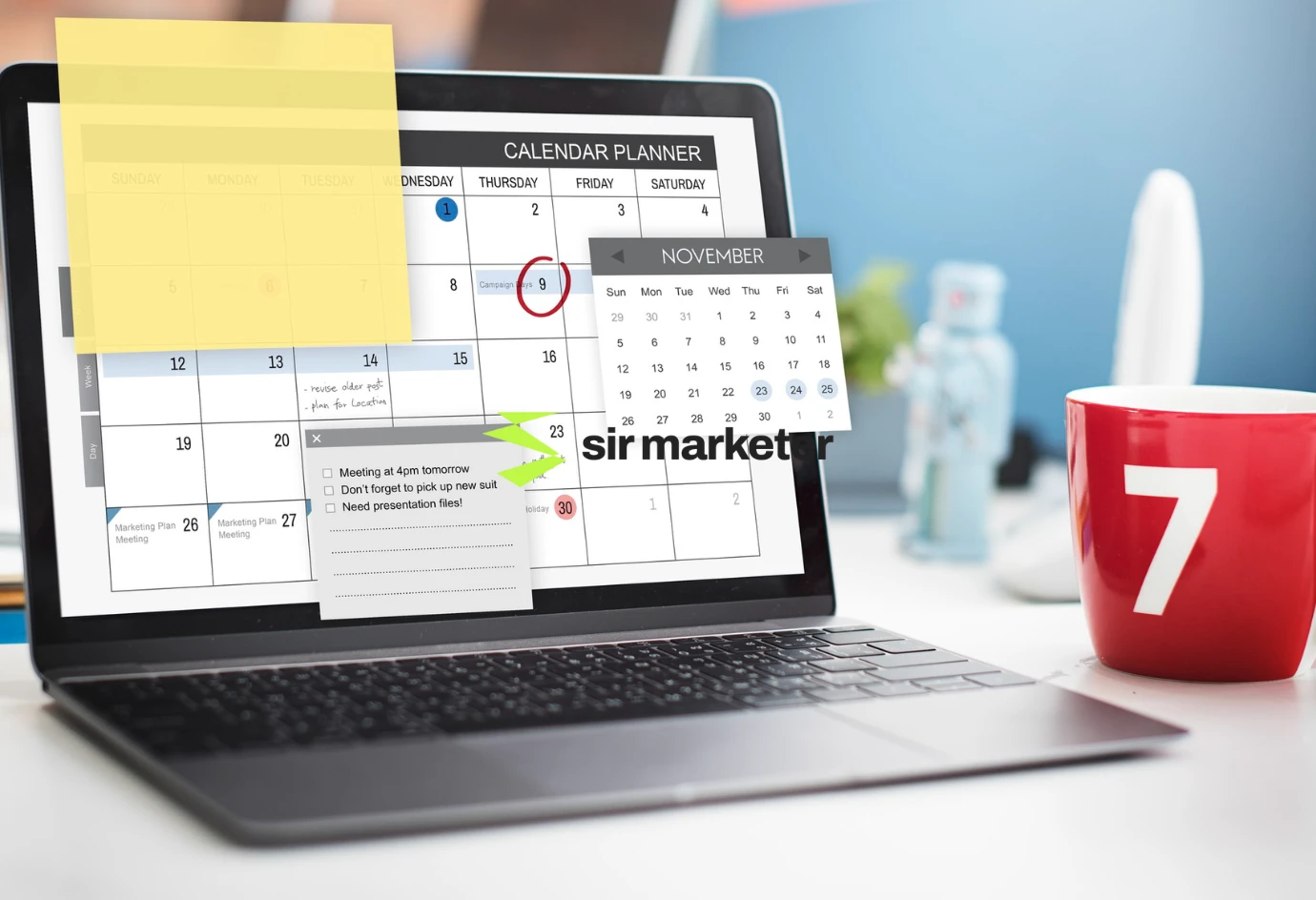

In today’s fast-paced digital world, social media has become the front line for brand visibility, customer engagement, and business growth. But consistently posting the right content at the right time is easier said than done.
That’s where a social media calendar becomes your ultimate game plan.
Whether you’re a digital marketer, content creator, or small business owner, mastering the social media calendar is key to staying organized, boosting engagement, and maintaining brand consistency.
Let’s explore what it is, why it matters, and how you can easily create one that works.

"Great content means nothing without consistency. That’s where a social media calendar turns chaos into strategy."
— Sir Marketer, Digital Dream Team

A social media calendar is a visual or digital tool that helps plan, organize, schedule, and track all your social media content in advance.
Think of it as your roadmap for what to post, when to post, and where to post it across platforms like Instagram, Facebook, LinkedIn, TikTok, Twitter (X), Pinterest, and more.


If you’re still winging it with last-minute posts, you’re not only wasting time—you’re missing out on results.


Here’s how to build an effective, customized social media calendar from scratch:
Step 1: Define Your Goals
Start with clarity. What do you want to achieve?
Increase followers?
Drive website traffic?
Generate leads?
Boost brand awareness?
Your goals will guide your content strategy, tone, and platform choices.
Step 2: Identify Your Target Audience
Understand:
Who are you talking to?
What platforms do they use?
What kind of content do they prefer (videos, reels, blogs, quotes)?
Use audience insights from tools like Meta Business Suite, Google Analytics, or LinkedIn Analytics.
Step 3: Choose Your Social Platforms
You don’t need to be everywhere. Focus on platforms where your audience is most active.
For example:
B2B: LinkedIn, Twitter
Lifestyle/Visual: Instagram, Pinterest
Gen Z: TikTok
Community-driven: Facebook
Step 4: Decide Posting Frequency
How often can you realistically post? It depends on your team size, content resources, and audience habits.
Example:
Instagram: 3–4 times/week
Facebook: 2–3 times/week
LinkedIn: 2 times/week
TikTok: 4–5 times/week
Step 5: Plan Content Categories
To keep your feed fresh and engaging, rotate content types. Create a weekly theme like:
🎓 Educational (Tips, how-tos)
🤝 User-Generated Content or Testimonials
🛒 Promotional (Sales, discounts)
🤩 Behind the Scenes or Team Stories
🎉 Holidays, Events & Trends
📊 Stats & Industry Insights
💬 Polls & Interactive Questions
Step 6: Select the Right Tools
Popular tools for building and managing social media calendars include:
Google Sheets / Excel – Free and customizable
Trello / Notion / Airtable – Great for teams
Hootsuite, Buffer, SocialPilot, Later – For scheduling & analytics
Canva Content Planner – Plan and design posts together
Step 7: Create Your Calendar Template
Include:
Date & Time
Platform
Caption + Hashtags
Visual Asset Link
Campaign Name
Approval Status (optional)
Pro Tip: Add a content approval column if working in teams.
Step 8: Schedule Your Posts
Use automation tools to pre-schedule your posts and save time. Most platforms now support native scheduling (like Facebook Creator Studio, LinkedIn’s native post planner, etc.)
Step 9: Monitor, Analyze & Improve
After posting, track engagement, impressions, CTRs, and conversions. Monthly reviews help refine your calendar and strategy.

Here’s a sample weekly content plan you can follow to maintain consistency and variety across your platforms:




If you want to stop posting randomly and start getting results, a social media calendar is a must.
With a solid plan in place, you’ll save time, reduce stress, and keep your brand voice consistent—every day of the week.
Our team will answer all your questions. we ensure a quick response.